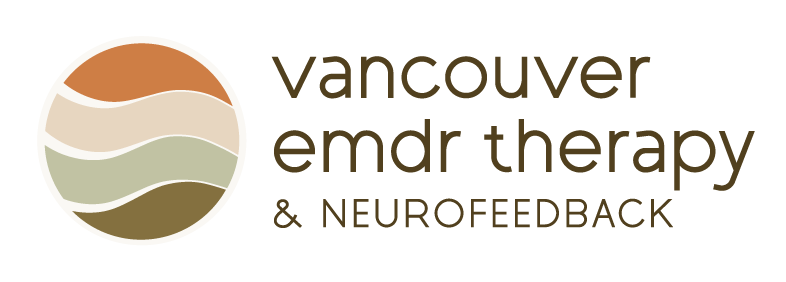 EMDR is a powerful supplement for traditional psychotherapy. We partner with therapists to help their clients resolve their traumatic material. When painful feelings about a single incident continue to intrude or interfere with the progress in therapy, EMDR is helpful in resolving these issues. EMDR is a powerful therapy that can help many people with PTSD symptoms and trauma.
EMDR is a powerful supplement for traditional psychotherapy. We partner with therapists to help their clients resolve their traumatic material. When painful feelings about a single incident continue to intrude or interfere with the progress in therapy, EMDR is helpful in resolving these issues. EMDR is a powerful therapy that can help many people with PTSD symptoms and trauma.
Because not all therapists are trained to use this form of therapy we offer our experience and expertise to supplement the ongoing therapy clients are already receiving with their primary therapist. Adjunctive therapy does not replace or interrupt ongoing therapy. It is complementary to the primary therapy relationship. With adjunctive EMDR therapy clients remain under the care and continue to receive treatment with their original therapist.
Sometimes in traditional forms of therapy clients and therapists find themselves stuck or “looping” on issues related to trauma or adverse negative life experiences that people have had. Examples of this include; clients with PTSD diagnoses who can’t get disturbing thoughts or images out of their head. They might have exhausting nightmares, be unable to sleep, feel triggered throughout the day. They might appear to be better for awhile and then something will happen that will remind them of the traumatic experience and they will struggle again.
By narrowly targeting specific traumatic memories or intrusive material, brief adjunctive EMDR can accelerate progress in traditional therapy, help the client and the primary therapist to resolve stuck points, and enrich their ongoing work.


 The brief adjunctive process of EMDR is the joining of the primary therapist and the EMDR therapist to help clients when good psychotherapy has gotten “stuck”.
The brief adjunctive process of EMDR is the joining of the primary therapist and the EMDR therapist to help clients when good psychotherapy has gotten “stuck”. reaches out to the EMDR therapist to discuss the referral, to determine if the client is a “good fit” for EMDR and to discuss the roles of the therapists.
reaches out to the EMDR therapist to discuss the referral, to determine if the client is a “good fit” for EMDR and to discuss the roles of the therapists.